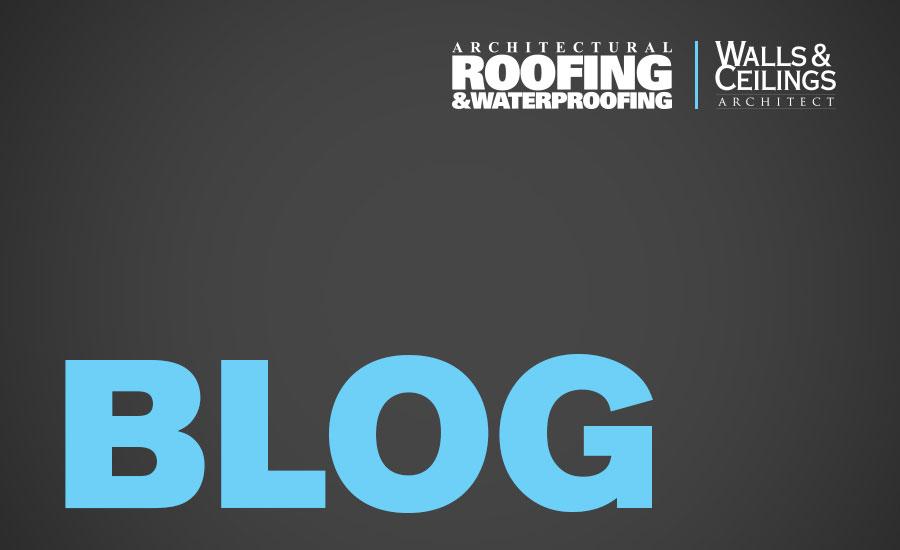Technical Details: Turning Back Time

This past weekend, we did what most of us would like to do on a regular basis: we turned back time. Now, it was only an hour, and in a couple of months we will spring ahead and give that hour back, but I’m sure that extra hour felt good for most of us waking up on Monday morning.
I used that hour to reflect on how the roofing industry has advanced in my 25-plus years and — from my perspective — how the good old days were not necessarily all that great. In fact, my opinion is that the recent advances in the industry are primarily positive.
My experience is in roof assessments, material testing/analysis and quality assurance of system applications. In this role I have witnessed firsthand the growing pains of an industry that was transferring from primarily built-up roof systems (coal tar or asphalt with fiberglass insulation) to a myriad of systems and insulations that were both proven and unproven. There was a plethora of new materials that brought on several issues.
Here is a brief “fall back” look at some of the industry material problems that I have witnessed in my career:
- Shattering of PVC — primarily unreinforced ballasted systems.
- Corrosion of metal deck in contact with phenolic foam insulation
- Changes to blowing agents of isocyanurate insulation due to concerns about greenhouse gasses.
- “Floating plies” of coal tar bitumen with fiberglass felts.
I am happy to report that most of these problems were corrected. The most positive attribute of this industry has been its resilience and affirmation to change inadequacies. Manufacturers, contractors and professional consultants have worked together to eliminate some of the past problems.
The material concerns led to advancements in roof testing and analysis. We now have the ability to provide accurate assessments of existing material service life and inspection testing equipment that identifies moisture in the system and material adhesion capacity.
The industry is also focusing on important environmental issues, such as recycling of materials and long-term thermal resisitance of insulation.
Challenges still exist, but we can talk about them when we spring forward.

